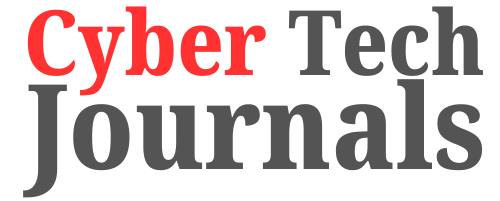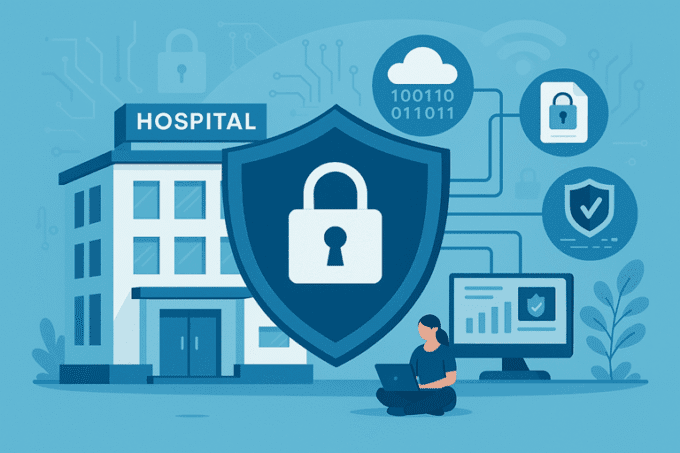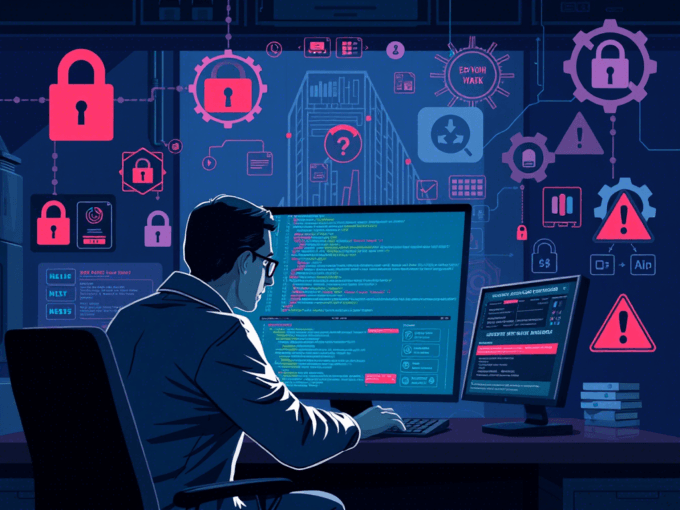Ever felt like you’re one phishing email away from a total digital meltdown? You’re not alone. Cyber threats are evolving fast—so fast that last year alone, global automated scans hit a blistering 36,000 per second, and stolen credentials jumped a jaw-dropping 500%. So how do you fight what moves at machine speed? That’s the big question—and it’s why the Disruptive Trend in Cybersecurity isn’t just a buzzword. It’s a game-changer: the smart fusion of AI in cybersecurity, Zero-Trust models, and Threat Intelligence Platforms.
If you’re looking to stay ahead (and not just spot threats, but stop them before they hit), this guide is your new roadmap. Ready?
Table of Contents
What Makes This the Disruptive Trend in Cybersecurity?
In a nutshell: defenders and attackers are both using AI, but only one side has the winning strategy—right now. Cybercriminals weaponize AI to launch hyper-targeted phishing, clone voices, and scale attacks across networks. Meanwhile, defenders are evolving with AI-driven triage, real-time analysis, and identity-first frameworks that never trust, always verify. Add in advanced threat intelligence that anticipates attacks—and you’ve got the next wave of defense.
Let’s break it down:
1. AI in Cybersecurity: Speed, Scale, Smarts
AI is taking over repetitive tasks—like alert triage and initial investigations—freeing up human experts for complex threats. Around 30% of cybersecurity teams are already using AI in operations, with another 42% evaluating its use.
On the flip side, AI supercharges attacks. Automated scans are exploding—reported up 16.7% year-over-year to 36,000 per second—and over 1.7 billion stolen credentials are circulating on the dark web. It’s a terrifying arms race—but defenders with AI have the power to fight back.
2. Zero-Trust Model: No Perimeter, No Peril
Gone are the days of “once inside, you’re trusted.” The Zero-Trust model demands continuous checks—identity, context, behavior—for every access attempt. In 2025, regulatory bodies and industries are leaning heavily into Zero-Trust. The Reserve Bank of India is urging banks to embrace AI-aware defense and Zero-Trust frameworks to strengthen cyber resilience. And globally, many organizations view it as a critical security shift.
3. Threat Intelligence Platforms: See the Threat Before It Strikes
Real-time threat intelligence is the crystal ball you didn’t know you needed. Tools that gather live data, parse patterns, and flag strange behavior help you act before things go sideways. This approach transforms cybersecurity from reactive to proactive.
According to MDR (Managed Detection and Response) forecasts, 50% of enterprises were set to adopt it by 2025—that blend of tech and human expertise provides ongoing threat hunting, monitoring, and response to stay ahead of evolving attacks.
Why This Combo Hits Hard: A Story You Might Relate To
Picture this: Acme Corp, a mid-size e-commerce platform. One morning, their CTO finds out they’ve been hit by a ransomware strain that:
- Used AI-powered phishing to trick employees.
- Breached an account and moved laterally—because once inside, nothing was stopped.
- Took down checkout systems and held customer data hostage.
A nightmare, right? But here’s how a disruptive fix would work:
- AI-powered detection spots suspicious logins in milliseconds.
- Zero-Trust gatekeeping denies unauthorized presence.
- Threat intelligence warns of ransomware patterns matching their logs.
- The security team is alerted—and response kicks off instantly.
The result? Minimal damage. A crisis turns into a case study.
Real-World Snapshots: People, Reports, and Hard Data
Let me pack in some real stats and examples—because numbers build trust.
- At a recent Axios update, experts weighed in: defenders are still adapting, while attackers already automate reconnaissance and code new malware using AI.
- TechRadar reports: NatWest faces over 100 million cyber-attacks monthly. Their answer? A Zero-Trust model + continuous security training—making employees the real “human firewall”.
- In Australia, a “nuclear bomb” cyber-heist used voice deepfakes via AI to siphon millions—prompting calls for AI-powered defenses, Zero-Trust frameworks, and real-time threat monitoring.
- Cert-In (India’s cybersecurity team) now emphasizes threat readiness instead of compliance checklists—another signal that static security is out, dynamic defense is in.
- MDR adoption trends (50% by 2025) underscore the shift toward intelligence-backed, human-augmented response.
Step-by-Step: How to Adopt This Disruptive Trend
Here’s your action plan—easy to follow, implement, and scale:
- Audit your identity perimeter
- Map users, apps, devices.
- Discover unmanaged AI usage (“shadow AI”).
- Deploy AI for triage—but with guardrails
- Let AI handle low-level alerts.
- Set boundaries (e.g., human sign-off for actions like patching or password resets).
- Layer in Zero-Trust controls
- Always verify users/devices for each request.
- Add behavioral monitoring to catch insider threats.
- Tap into real-time threat intelligence
- Subscribe to feeds (like IBM’s X-Force or CrowdStrike).
- Implement MDR or managed threat services.
- Train humans as your frontline
- Create phishing simulations.
- Impose continuous education programs (50% of breaches trace to human error).
- Shift from compliance to preparedness
- Update guidelines to reflect continuous readiness, not checklists.
- Incorporate passwordless and phishing-resistant methods like passkeys.
Pitfalls to Watch—and How to Dodge Them
Let’s be real—this isn’t a turn-it-on-and-forget-it solution. Here’s what to watch for:
- AI Overreach – Too much automation, or AI given too much control, can go sideways. Training and defined boundaries matter.
- Complexity Creep – Zero-Trust can feel heavy. Start small: segment high-risk zones, then expand gradually.
- Alert Fatigue – ML models can misfire. Tune thresholds, human review loops, or add adaptive firewalls.
- Human Resistance – People hate change. Frame this as empowerment—training, support, not blame.
Stats Table (Quick Glance)
| Trend Component | Key Insight |
|---|---|
| AI in Cybersecurity | 30% already use it; attackers scan 36k/sec; 500% credential leak surge |
| Zero-Trust Model | RBIs in India, global firms, and NatWest push its adoption |
| Threat Intelligence | MDR adoption rising; real-time feeds + response essential |
| Human Factor | Training critical (95% breaches due to human error) |
| Future Tech | Adaptive firewalls, quantum-safe crypto, neuromorphic threats emerging |
The Future: What’s Next in This Disruption?
- Quantum-Safe Cryptography: Post-quantum standards are coming fast—build crypto agility into your stack now.
- Adaptive Security: AI-driven firewalls that retrain in real time to new threats.
- Cyber-Physical Integration: As IoT and CPS grow, cybersecurity must merge with physical security to stay robust.
- Neuromorphic Threats: Attacks targeting brain-inspired computing challenge traditional systems—new anomaly detection is needed.
Bottom line? The trend we see now—AI, Zero-Trust, and real-time threat platforms—is just the opening act.
Bottom Line: Your Next Move in the Cybersecurity Revolution
So what’s the takeaway?
The real disruptive force in cybersecurity today isn’t just technology—it’s the smart combination of AI, Zero-Trust, and threat intelligence. That’s the trio rewriting the rules. If your team can move from reactive to proactive—if you can train humans and machines to work in sync—you won’t just survive threats. You’ll deter them.
Now, take action:
- Share this article with your CISO or IT team.
- Set up a pilot for AI-driven triage or MDR services.
- Host a Zero-Trust workshop with your leadership.
Want help on frameworks, tool recommendations, or next-gen integrations? Just say the word—let’s power your defense together.

















Leave a comment